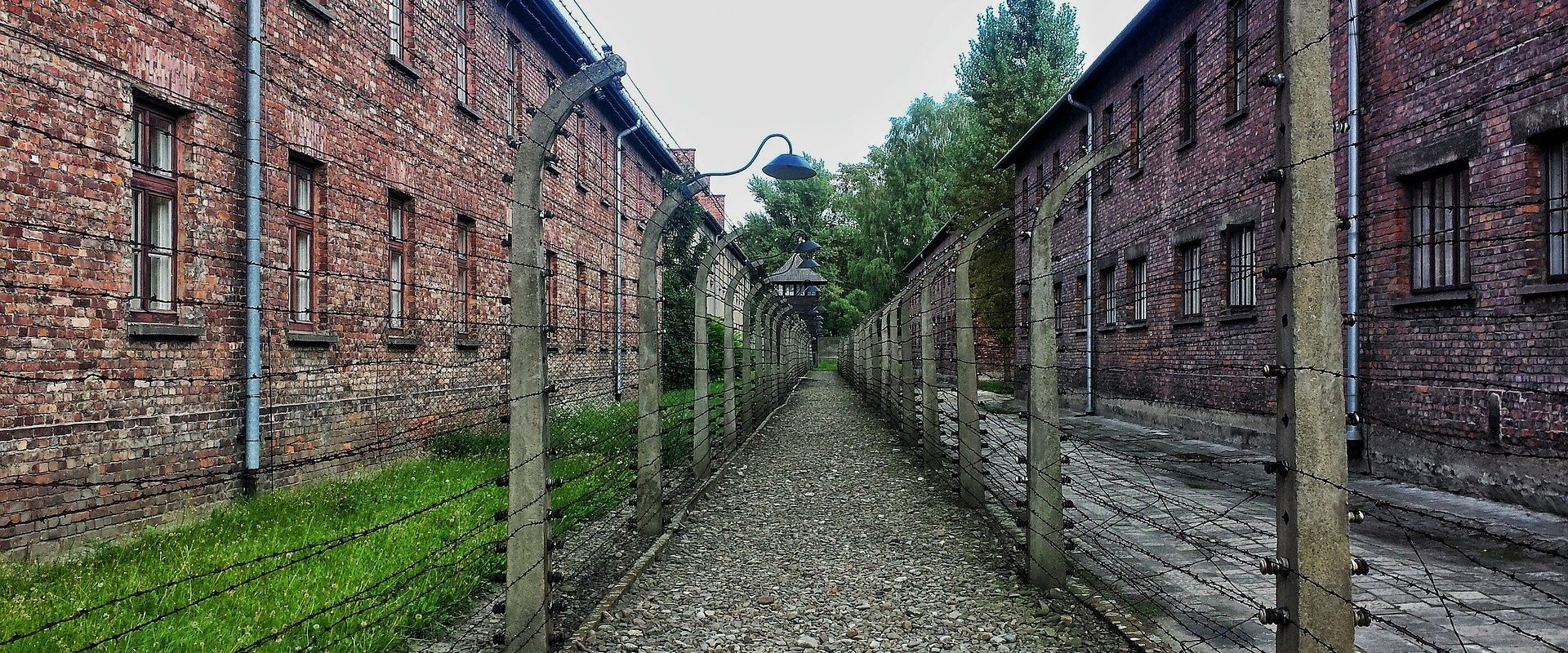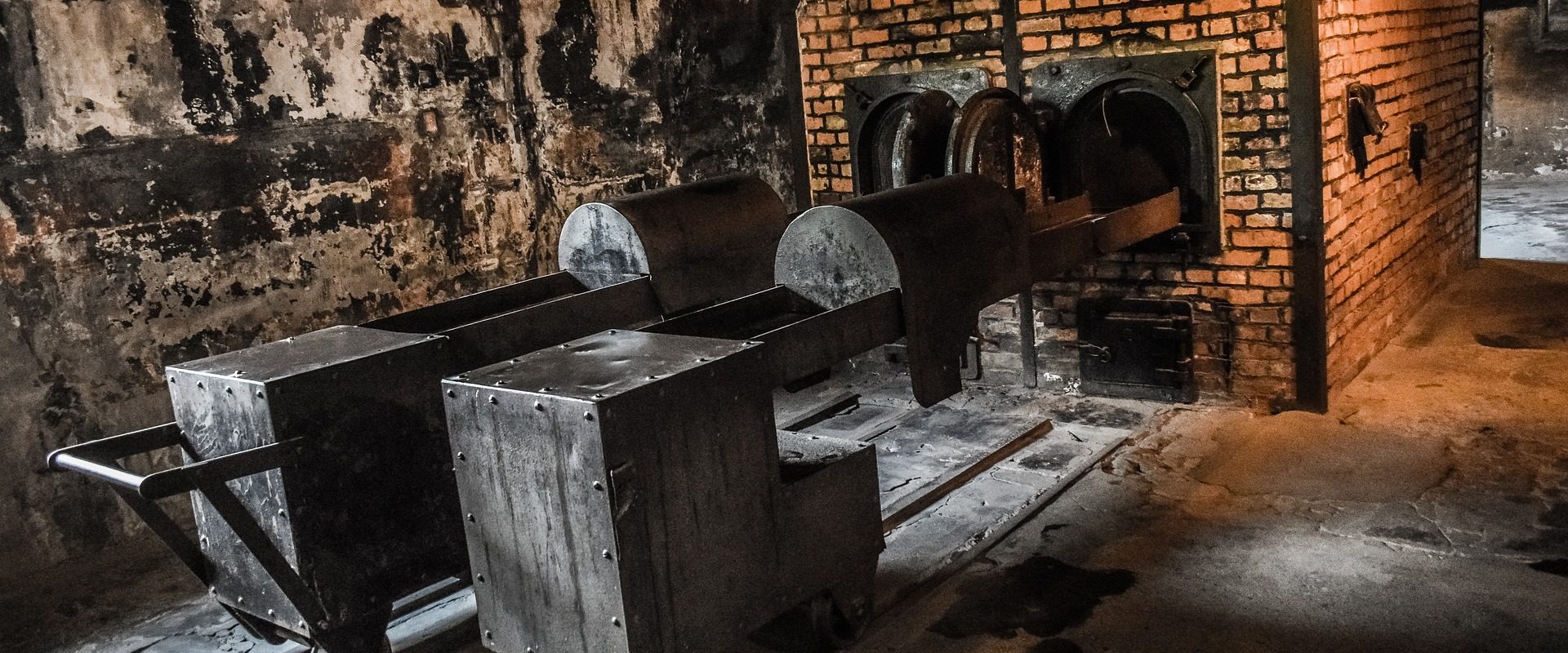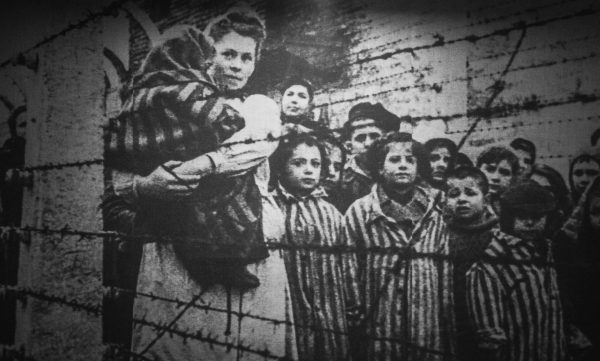Keeping Our Promise
In January 2020, in front of Auschwitz-Birkenau at a ceremony to commemorate the 75th anniversary of its liberation, survivor Marian Turski reminded the world that “Auschwitz didn’t appear from nowhere… it crept up, step by step, came closer, until what happened, happened here”. He beseeched his audience to “remain faithful to the Eleventh Commandment: Never be a bystander”, warning that… “if you become complacent, before you know it, some kind of Auschwitz will suddenly appear from nowhere, and befall you and your descendants”.
The Holocaust is perhaps the most studied, well documented atrocity in human history. Decades of scholarship have generated a vast body of research, countless hours of testimony is readily available at the click of a mouse, new memoirs continue to be published, the cinematic “Holocaust genre” is ever-expanding and, despite Nazi attempts to systematically minimise incriminating traces of their atrocities, documentary evidence of their crimes populate the archives. And yet, the concern persists that knowledge and awareness of the Holocaust will rapidly dwindle as the era of lived experience draws to a close. That despite the potential of new technology to present the facts in even more compelling ways, we will struggle to uphold our promise to survivors to be their voice when they can no longer speak.
Of course, there is no simple answer to the question “what is the Holocaust?” While the when and the where are relatively straight forward, things start to get complex when considering the how, and become practically impossible when you get to the why. Any serious consideration of this subject is profoundly painful, as it exposes humanity’s inherent frailties. What happened was not perpetrated by demons or monsters, but by people rooted in the very heart of “European, civilized, culture”.
Yet it is a sacred duty to keep asking this ultimately unanswerable question – because the if and the did it really questions are being posed more frequently and evermore boldly. Undoubtedly, the magnitude of the atrocity that happened on European soil, within living memory, is staggeringly overwhelming, but world ignores it at its peril.
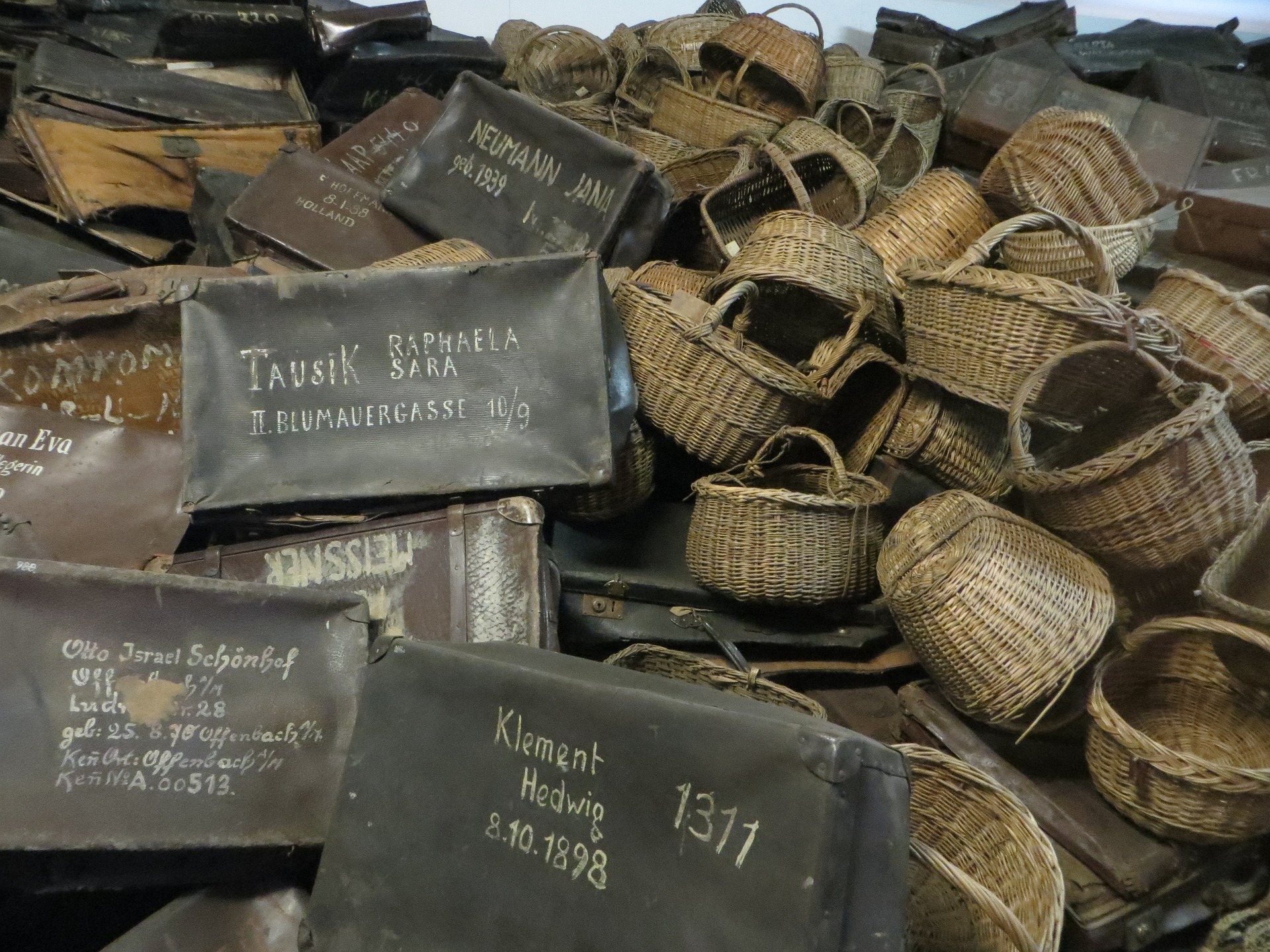
What does ‘Holocaust’ mean?
The Holocaust is the term that refers to the German Government’s attempt, in the 1930s and 40s, to eliminate all the Jews of Europe. This resulted in the murder of six million people, including one and a half million children. They also enslaved and murdered millions of other groups within society – including Roma and Sinti, people with physical and mental disabilities, non-Jewish Poles, Soviet prisoners of war, political opponents and homosexuals. While it is vital to remember that not all the victims were Jewish, it must never be forgotten that every Jew was a victim.
When did the Holocaust begin?
A secret conference of senor Nazi officials, held on January 20th, 1942, at a stately home beside Lake Wannsee, north of Berlin, is often cited as the precise time “The Final Solution to the Jewish Problem” was agreed upon. The agenda included the logistics of transporting and ultimately eliminating the Jews of Europe, something those in attendance considered to be of equal importance to a military victory. While this is undoubtedly a seminal event, it is too simplistic to signpost it as “the beginning of The Holocaust”. In fact, by this time, hundreds of thousands of Jews in the Soviet Union had been executed by the “mobile killing squads” that accompanied the occupying German forces, Jews were dying daily in ghettos across Poland, thousands more had been asphyxiated by gas in crudely converted vans and Zyklon B experiments were underway at Auschwitz. The fact is, the process of “getting rid of the Jews” started as soon as Hitler’s Nazi Party gained power in March 1933 – at first, they were systematically removed from most areas of civic society, next they were physically expelled from their homes and eventually fell victim to state-sponsored, industrial scale, genocide
“Six million is such a vast and incomprehensible figure…”

Where did the Holocaust take place?
In one respect, as the persecution of Jews invariably accompanied each occupation, it could be said that The Holocaust took place wherever Germany invaded. But although violence and brutality were the hallmark of Nazi rule, the vast majority of the murdered six million died in either the killing fields of occupied Soviet Union or in Concentration and Death Camps in Poland. One of the main outcomes of the aforementioned conference at Wannsee was the hugely complex task of transporting the Jews of occupied France, Belgium Netherlands, Italy, Slovakia, Hungary, and Greece, to their final destinations, using each country’s existing rail system.
Six million is such a vast and incomprehensible figure – somehow it fails to convey the enormity of what was lost. Perhaps it’s more impactful to learn that… Romania, Estonia and Norway lost 40% of their Jewish populations, Hungary and former Czechoslovakia lost 65%, Holland lost 70%, Latvia and former Yugoslavia lost 75%, Lithuania and Greece lost 85% and Poland lost over 90% of what was the largest pre-war European Jewish community.
How was the Holocaust possible?
It is impossible to underestimate the complexity of The Holocaust. The question of how it was allowed to happen is destined to be a forever-topic of historical research – there is no definitive answer.
But here are six major contributory factors:
The Nazis did not invent Jew-hatred. The antisemitic tropes that Hitler espoused in Mien Kampf (the personal manifesto he wrote in the mid-1920s), were not revelations for his readers – he was merely reiterating what they believed to be For centuries the main source of hatred against Jews had been the church, where they were denounced as “Christ-killers”. Towards the end of the 19th century, religious antisemitism was exploited by populist nationalism that labelled Jews as “outsiders” and “enemies of the state”. In Germany the ‘voelkisch movement’ (folk or people’s movement) made up of eminent philosophers, scholars, artists, and racial anthropologists, shaped a notion of the Jew as “non-German.” Around the turn of the century, growing anti-Jewish racism fuelled a campaign of violent antisemitic pogroms, terrorising communities and forcing thousands to abandon homes they had lived in for generations. This xenophobia drove the growth of Hitler’s Nazi Party. The centrality of antisemitism to the entire Nazi endeavour can’t be overstated – the belief that Jews were a “cancer on society” that needed to be removed was at the heart of their ideology.
Within months of coming to power in March 1933, Hitler’s National Socialist Party, to all intents and purposes, had dismantled Germany’s democracy. When Germany’s President von Hindenberg died the following year Hitler announced that the offices of the chancellor and the presidency were to be combined to create one position, which he would occupy. By this time, all political opposition had been suppressed and in a sham referendum, 90% of voters conferred legitimacy on this move – Hitler was now a dictator. From then on, each new edict that systematically excluded Jews from society, carried the weight of legality. Throughout the 1930s hundreds of laws were passed that rendered Jews as non-citizens, perhaps the most notorious was the 1935 Nuremberg Laws, which prohibited marriages and relationships between Jews and Germans and stripped Jews of their German citizenship. It’s vital to realise that The Holocaust was not the product of a radical fringe movement – it was “state-sponsored”. The architects of the “Final Solution to the Jewish Problem”, while undoubtedly acting immorally, were nonetheless the legitimate leaders of a country (a fact that has profound implications for defenders of democracy today…).
It would be wrong to assume that every German citizen supported the Nazi’s anti-Jewish policies. In Munich, for example, university students Hans and Sophie Scholl led the White Rose resistance group and were eventually executed for distributing anti-Nazi literature. So, the Nazis established a Ministry of Propaganda, spearheaded by Joseph Goebbels, a former journalist and leading Nazi, with the aim of centralising and controlling all means of public information and entertainment. Enormous effort was directed towards the indoctrination of German youth, infiltrating both formal education and leisure time. Much of this propaganda was built on the core antisemitic-myth that Jews were a “curse on society” that had to be removed, and utilised tropes and stereotypes with roots in the centuries-old religious antisemitism. It’s worth remembering that when the Nazis came to power Germany’s approximately half a million Jews made up less than 1% of the population and lived primarily in major towns. Consequently, most Germans had never met a Jew – making Goebbels’ task of promoting the “mythological Jew” all the more straightforward. The aim was to manipulate civilians into not just understanding but actively supporting the government’s antisemitic actions, ideas and policies. Those who did not conform were threatened by the regime’s much feared terror apparatus.
The extent to which the outside world was aware of the effects of the Germany Government’s policies is a hotly debated topic. Suffice to say that, contrary to popular belief, the Nazi’s genocidal aims were widely known long before the appalling newsreel images of Bergen Belsen, taken by the liberating British troops in April 1945, appeared in cinemas. Reports of violent attacks on Jews, and organised boycotts of their businesses, appeared in the press from the very beginning of Hitler’s reign. The British Government received regular reports of the reality of daily life for German Jews from embedded spies such as Frank Foley and Thomas Kendrick. Details of The November 1938 Pogrom appeared across the media. On 1st November 1939, The Times published a letter (penned by tribunal members tasked to assess the risk posed by German and Austrian refugees to UK security) graphically detailing life in Dachau and Sachsenhausen. In 1942, when Warsaw Ghetto residents were being transported to Treblinka, the BBC broadcast emotional appeals for help from Szmul Zygielbojm, a Polish-Jewish activist based in London. A year later, they published the anguished suicide note found in his flat, after the ghetto was finally liquidated by the Nazis, which angrily accused the world of complicity by its silence. British and American officials were briefed by the Polish envoy Jan Karski, whose eyewitness accounts of Belzec left nothing to the imagination. And in the summer of 1944, Auschwitz escapees Rudolf Vrba and Fred Wetzler, provided unequivocal evidence of the preparations taking place to facilitate the annihilation of Hungarian Jewry. So, yes, the world knew what was happening…
Many historians insist on saying “The Holocaust was carried out by the Nazis and their collaborators” – and there is good reason to. Victims of the Nazi “mobile killing squads” in occupied Soviet Union were frequently rounded up by local Estonian, Latvian, Lithuanian, Ukrainian, and ethnic German collaborators – in effect, this was neighbour-against-neighbour. Reports from the German commanders of these units often commented on how easy it was to persuade the local population to take part, and how eager they were to get their hands on the contents of their murdered neighbours’ homes, and in some cases take possession of their vacated properties. Furthermore, many of Germany’s “Axis” partners had thriving fascist paramilitary groups – The Hlinka Guard in Slovakia, the Iron Guard in Romania, the Ustasa in Croatia, and the Arrow Cross in Hungary. Each were directly responsible for the deaths of thousands of Jews in their home territory. In these and other occupied states, military personnel, and police, played a key role in the deportation of Jewish residents in their countries. In Vichy France, military, and gendarmerie officials were vital in the deportation of Jews to the camps in the east. Likewise, local civilian and police authorities collaborated closely with the Germans in Belgium and the Netherlands in the rounding-up and deportation of Jews.
These are the words a Hungarian Auschwitz survivor, given at a seminar for British students at Yad Vashem in the late 1970s.
“In my view, one human being can not hurt another. How could I harm you? When I look at you, I see myself. We both breathe, we both bleed, we have a mouth, two eyes and a heart. But if someone gets inside my head and makes me believe that, although we might look the same, I am somehow better than you, then things change. The moment I don’t see you as a fellow human being, if I start to think I am somehow better than you, then I’ll just stop caring. And when that happens, I could harm you, hate you, steal from you, and yes, perhaps even kill you, and I wouldn’t lose a moment’s sleep. That’s what they did to us…”
Caution needs to be exercised when describing the architects of the process that culminated in the gas chambers of Chełmno, Sobibór, Bełżec, Treblinka, Majdanek, and Auschwitz-Birkenau. Describing Hitler, Himmler, Goering et al as “monsters” somehow misses the point – they were human. Arguably, the regime’s most disconcerting achievement was that, through the systematic implementation of increasingly draconian legislation, they were able to normalise the artificial concept of “racial purity”. Their entire endeavour was based on the warped hierarchical belief that society consists of a superior “Aryan race”, various stratas of “mixed-blood lesser races” and ultimately dispensable “sub-human races” such as the Jews. Perhaps the most disturbing aspect of studying The Holocaust is how it lays bare precisely what humans are capable of doing to each other…
Why did it happen? The relevance of choice.
Sonia Weitz and her sister were the only 2 of an extended family of 84 who survived The Holocaust. She was 11 years old when the Nazis herded her family and other Polish Jews into the Kraków Ghetto. At an early age, she turned to poetry to help her cope with her emotions. Years later she wrote the following poem –
Come, take this giant leap with me
Into the other world . . . the other place
Where language fails and imagery defies,
Denies man’s consciousness . . . and dies
Upon the altar of insanity.
Come, take this giant leap with me
Into the other world . . . the other place
And trace the eclipse of humanity . . .
Where children burned while mankind stood by
And the universe has yet to learn why
. . . has yet to learn why.
Anyone who says they have an answer to “why the Holocaust happened” simply doesn’t understand the question. To have any chance of learning from what took place, we need to look beyond the facts. If we want to prevent the significance of The Holocaust from diminishing, and future generations dispassionately viewing it as just another historical event, we need to emphasise its enduring contemporary relevance. Which is why the concept of choice is so important…The scale of The Holocaust is so incomprehensively vast, that it’s easy to lose sight of the fact that what happened was the product of countless separate choices. While it is facile to ask today’s generation to predict how they would have behaved, it is instructive to reflect on the vast array of choices made by those individuals who were there. Yad Vashem have honoured approximately 30,000 “Righteous Among the Nations” (non-Jews who risked their lives to save Jews during The Holocaust). While, in reality, this is a comparatively tiny number, each act of rescue represents “retained humanity”. This number includes several who wore Nazi uniforms – such as Wilhelm Hosenfeld, the German officer whose help for Waldislaw Szpilman was made famous in the film The Pianist. Similarly, the story of perhaps the most famous rescuer of all, Oskar Schindler, is of someone who initially profited from the Nazi exploitation of Jewish labour, but who chose to take a different path, resulting in the rescue of 1200 Jews.
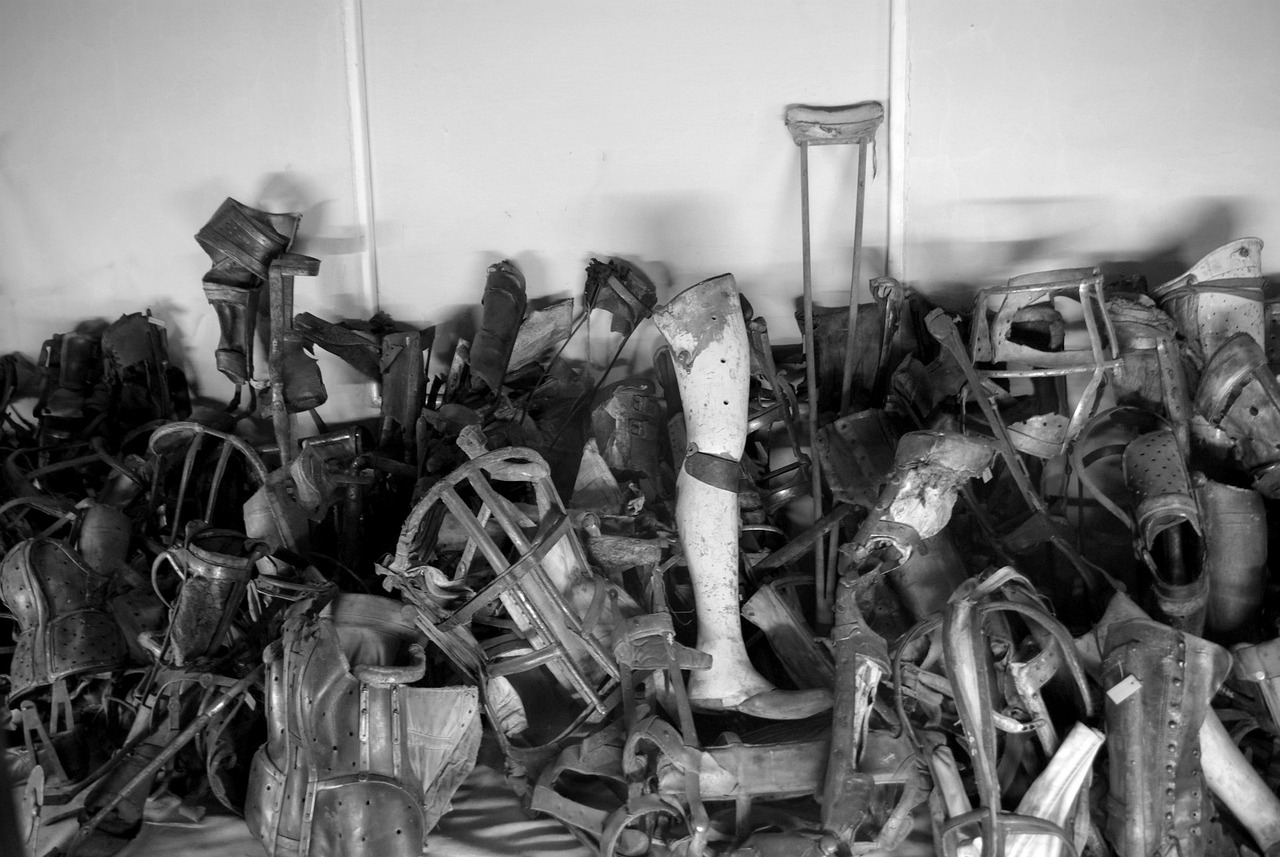
It’s important, as well, to consider the array of individual choices made by the victims of Nazi persecution. The uprisings in, among other places, The Warsaw and Bialystok Ghettos, and Treblinka and Sobibor death camps, belie the myth that Jews passively accepted their fate. Similarly, the triumph of the human spirit reflected in the rich cultural life that existed in Terezin, and the treasure trove of personal stories preserved in the Ringleblum Archive are revealing examples of resistance even in the most dreadful of circumstances. But the complexities of the subject are all too stark when it comes to considering the daily choices of camp prisoners. As historian Lawrence Langer has pointed out, “behaviour in the camps… cannot be viewed through the same lens we use to view normal human behaviour. It is all the more important to try to convey the ‘unimaginable,’ where surviving in extremity meant an existence that had no relation to our system of time and space and where physical survival under these conditions resulted in ‘choiceless choices’!”
When survivor Elie Wiesel proclaimed “whoever listens to a witness becomes a witness” he was laying down a challenge for all who are driven to continue to bear witness on behalf of those who are no longer able to use their voices
“Whoever listens to a witness, becomes a witness…”
